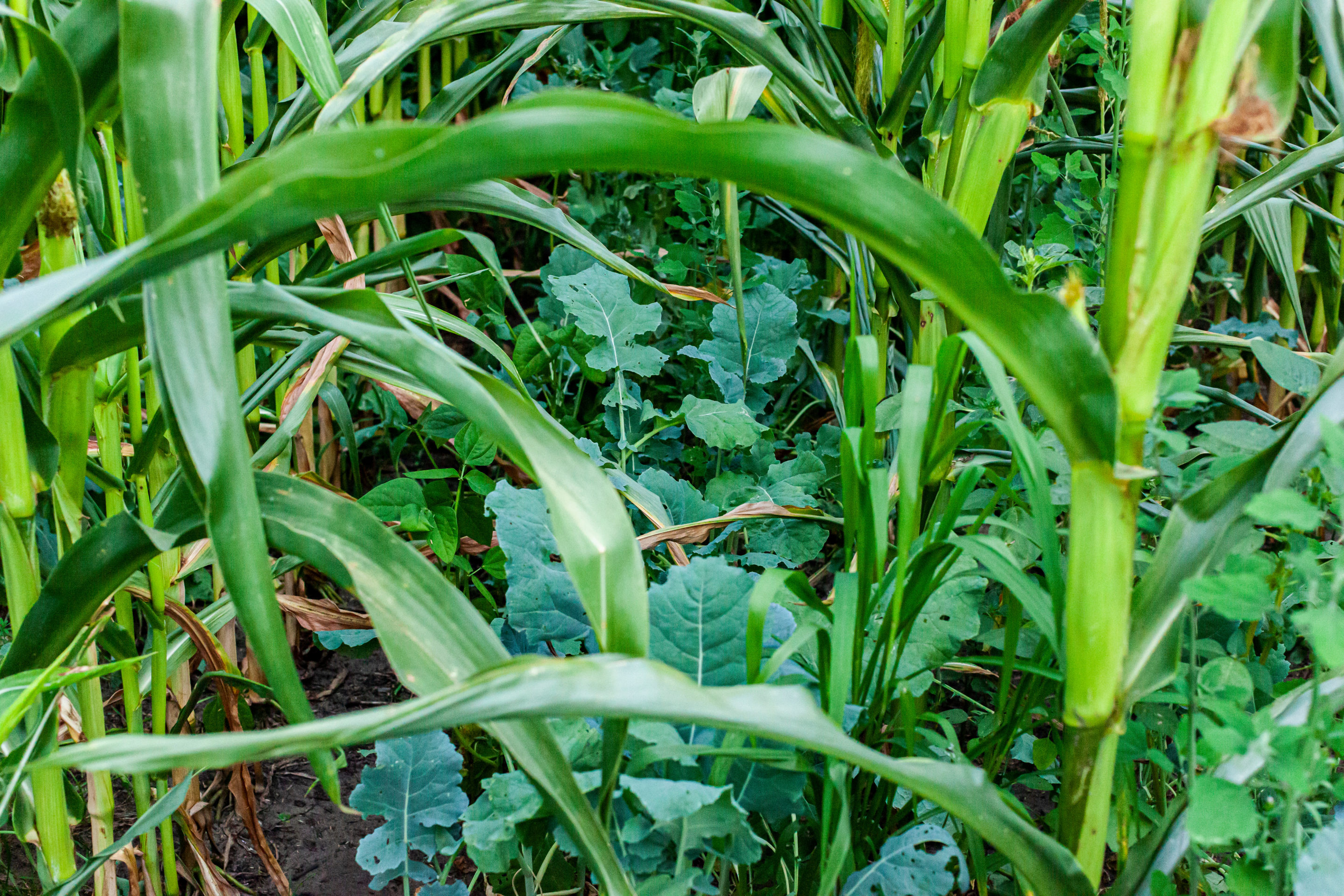As its name implies, regenerative agriculture aims to regenerate the soil and the environment. And more and more major players in the agri-food sector are not only jumping on the bandwagon, but moving from theory to practice. It’s a key tool in the fight against climate change, as well as for ensuring food sovereignty. So what does the term, which is catching on, actually mean?
To understand the principles of regenerative agriculture, you have to understand what it is founded on: the idea is to return the soil on farmland to its earlier state. Not just preserving what’s there now, but also restoring and improving overused or exhausted soils. That can involve tilling (plowing) less, using natural fertilizers (compost, liquid and solid manure), developing agroforestry (planting trees and hedgerows) and ground cover to nourish the soil and reduce erosion.
A Key Issue for Agri-Food Giants
The fundamental dilemma for the agri-food sector is this: how can we feed the world’s population while also protecting the environment, when so much land has been exhausted by intensive agriculture and the use of synthetic fertilizers and pesticides?
In addition, with 60% of carbon emissions coming directly from agriculture, it is becoming urgent to reduce the agri-food supply’s impact on the environment. All the more so at a time when investors are asking for serious guarantees in terms of the carbon-footprint goals the sector is being held to, whether by reducing emissions or by offsetting them. Regenerative agriculture constitutes part of the solution. That’s why One Planet Business for Biodiversity (OP2B), a coalition of 19 large firms, was created in September 2019: to implement regenerative-agriculture practices on a large scale.
But the transition to a new kind of agriculture takes time and demands support for farmers, in terms of both training and financial resources for the effort required.
So since 2016, Danone has invested over €40 million in the agricultural transition in France alone. And according to a press release the Group published in February, 2023, they are aiming to have 100% of their French farming partners be engaged in the transition to regenerative agriculture by 2025. And at Nestlé, Charles Leonardi, Head of Supply Chain for Nestlé France, asserts that “France is in the lead for regenerative agriculture, and we will continue our actions to regenerate soils and preserve biodiversity in French fields.”
Unlike, say, organic agriculture, however, to date there is no regulatory framework for these broad principles, nor are there shared benchmarks. In an article in the July, 2022 issue of the journal Cahiers de l’Agriculture devoted to a scientific approach to the subject, the authors suggested that “mobilizing the insights of agro-ecology, as a science, a practice and a movement, might be able to help define [regenerative agriculture’s] as yet somewhat vague contents, in such a way that its promises turn into real progress and aren’t focused entirely on carbon.”
A highly promising evolution for the entire sector… and for the planet, too.
